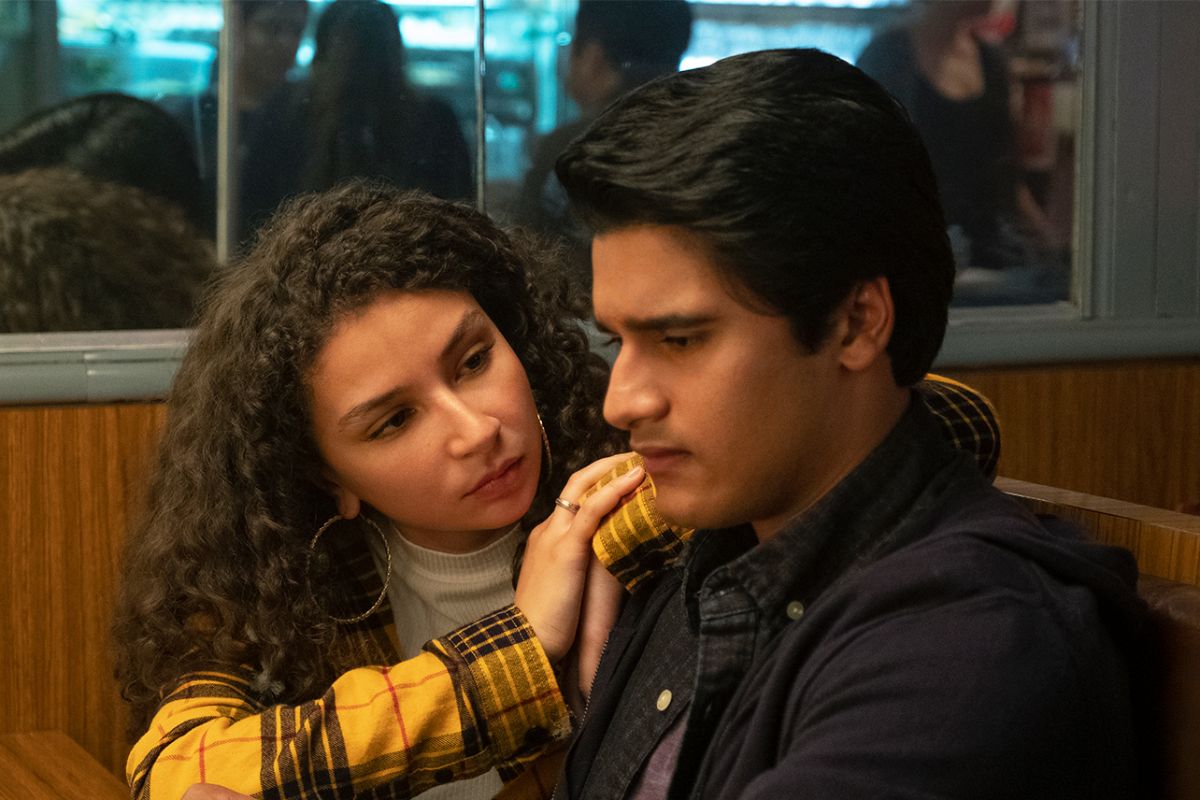Developed by Katie Cappiello, Netflix’s teen drama series ‘Grand Army’ revolves around the lives of the students of the eponymous fictional school in Brooklyn, New York. While there is a myriad of characters in the series, it primarily focuses on five individuals who belong to vastly diverse racial and financial backgrounds. Joey Del Marco (Odessa A’zion) is a firebrand young feminist. Dominique “Dom” Pierre (Odley Jean) is a resourceful entrepreneur who is shouldering many responsibilities for her family. Siddhartha “Sid” Pakam (Amir Bageria) is a high-achieving student-athlete questioning his sexuality. Jayson Jackson (Maliq Johnson) is a gifted musician whose life takes a turn for the worse due to a silly prank. Leila Kwan Zimmer (Amalia Yoo) is dealing with a severe identity crisis, being the adopted racially Chinese daughter of a white Jewish American couple. If the show’s earnest and hard-hitting depiction of various teen issues has made you wonder whether a true story inspires it, this is the article for you.
From Real Lives to the Stage: How ‘Slut’ Inspired ‘Grand Army’
Yes, ‘Grand Army’ is based on a true story, or rather, a composite of true stories. While developing ‘Grand Army,’ Cappiello took some aspects from her 2013 work ‘Slut: The Play’ and expanded on them. In the preface of ‘Slut’, Cappiello and her partner Meg McInerney explained in detail how the play was written. In 2007, they established the Arts Effect All-Girl Theater Company, giving young women a platform to hone their acting skills. It also served as a safe space for them to speak candidly about their experiences in dealing with slut-shaming and misogyny.
“Sometimes through tears, members of the group explained how they’d been slut-shamed for anything and everything: flirting with anyone; ‘strutting’ down the hallway; having large breasts; coming out as lesbian, bisexual, or transgender; being poor; being rich; being Black; being Latina; being confident; being curious; kissing someone; liking sex; liking their bodies,” Cappiello and McInerney revealed. (Via Bustle)
These stories served as the basis of ‘Slut’. Joey’s rapists are not some unknown strangers but three of her closest friends. As the character states in the play, this is not the first time she had a drink with them. There was nothing about that evening that could have possibly warned her about what was about to happen. Afterward, it comes down to the believability of her account of the incident against theirs.
“Our intention in creating and producing ‘Slut’ is to tell the truth,” Cappiello and McInerney mentioned in the preface. “Brought to life by real girls, this play exposes the damaging language, shame, and deep-rooted sexism that fuel rape culture. While we don’t believe ‘Slut’ preaches answers, we know it poses necessary questions.” Aside from Joey, Dom appears in the original play, although she is a relatively minor character there.
In ‘Grand Army’, Cappiello increases Dom’s involvement in the story and introduces Sid, Jayson, and Leila. This helped her and her writers explore adolescence in the 21st century through various perspectives. In certain aspects, the show is an exercise of self-criticism on Cappiello’s part. In the early part of the season, she underscores multiple times the negative impact that Joey’s white feminism has on students of color. This becomes a point of contention between her and Dom, although, by the end of the season, it transforms into mutual appreciation and understanding.
Read More: Grand Army Ending, Explained

